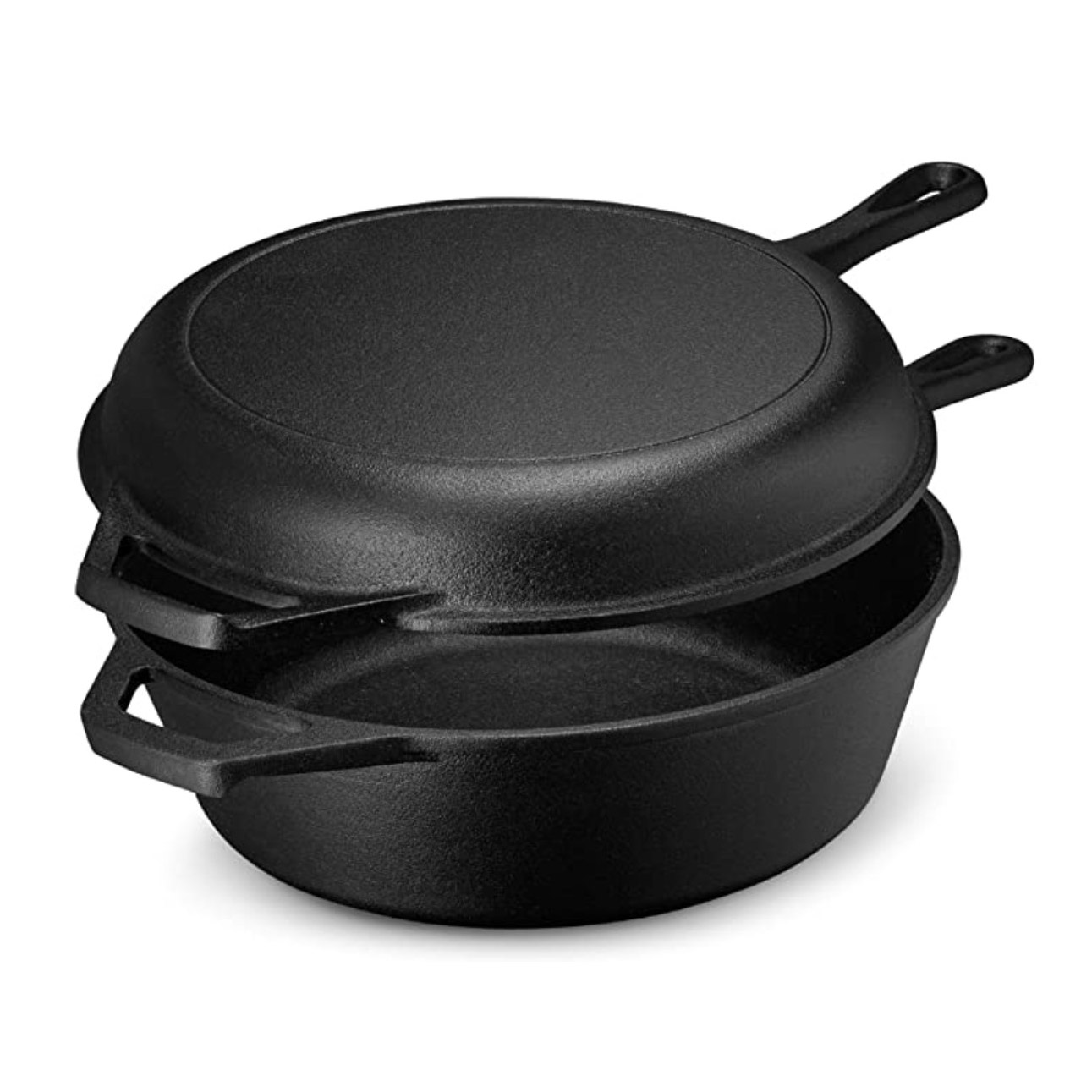- 150m Southwards, West DingWei Road, Nanlou Village, Changan Town, GaoCheng Area, Shijiazhuang, HeBei, China
- monica@foundryasia.com
Aug . 14, 2024 00:35 Back to list
Exploring the Production Process of a Shallow Cast Iron Skillet Manufacturing Facility
The Art of Shallow Cast Iron Skillet Manufacturing
In the culinary world, the shallow cast iron skillet stands out as a timeless kitchen essential, revered by chefs and home cooks alike for its versatility and durability. The manufacturing of these skillets is a combination of artistry and engineering, a process that has evolved over centuries while maintaining traditional methods that have proven effective.
At the beginning of the production process, high-quality raw materials are crucial. The foundation of a good cast iron skillet lies in the blend of pig iron, scrap iron, and other alloys. These materials are melted down in a furnace, reaching temperatures of over 1400 degrees Celsius. This molten iron is then poured into meticulously prepared casting molds, which shape the skillet's body. The shallow design of the skillet lends itself to quick cooking and easy flipping, making it particularly favored for searing meats or sautéing vegetables.
The Art of Shallow Cast Iron Skillet Manufacturing
After passing inspection, the skillets undergo a process called sandblasting, which cleans the surface and prepares it for seasoning. Seasoning is an essential part of cast iron cookware, creating a natural non-stick surface while preventing rust. The skillets are coated with a thin layer of vegetable oil and then heated in an oven at high temperatures. This process polymerizes the oil, binding it to the iron and forming a protective layer that enhances the skillet's cooking performance over time.
shallow cast iron skillet factory

In addition to the traditional methods, modern technology has found its way into the manufacturing process. For instance, some factories utilize computer-aided design (CAD) to optimize mold designs and improve efficiency. This integration of technology ensures that each skillet is produced with precision and reduces the margin for error. However, even with advancements, many factories continue to rely on hand-finished techniques for aspects such as polishing and final inspection, blending the old with the new.
Sustainability has also become an integral aspect of cast iron skillet production. Many manufacturers are now focusing on eco-friendly practices. This includes sourcing recycled materials for their iron and implementing energy-efficient processes in their factories. Moreover, cast iron skillets are designed to last a lifetime, which minimizes the environmental impact compared to disposable cookware. A well-maintained cast iron skillet can be passed down through generations, making it both a practical and sustainable choice for cooking.
Distribution is another crucial aspect of the manufacturing process. Once the skillets are completed, they are packaged carefully to withstand the rigors of shipping. Most manufacturers offer a variety of sizes and styles, catering to a wide range of culinary needs. Special care is taken to ensure that each skillet is labeled clearly, providing customers with information on its care and use.
In conclusion, the production of shallow cast iron skillets is a meticulous process that merges tradition with innovation. From the careful selection of raw materials to the final packaging, each step is vital to creating a product that is not only functional but also steeped in history. As more people discover the joys of cooking with cast iron, the demand for these skillets remains strong, ensuring that this age-old craft continues to thrive in the modern culinary world.
-
Best Cast Iron Frying Pan for Induction Cooktop – Durable & Non-Stick Skillet Supplier
NewsJul.08,2025
-
Best Cast Iron Skillet Quality High Performance Cookware for Grill, Pizza, & Stir-Fry
NewsJul.08,2025
-
Premium Cast Iron Pan Set – Durable, Nonstick & Versatile Cookware for All Kitchens
NewsJul.08,2025
-
Blue Cast Iron Dutch Oven – Premium Enamel Cookware for Kitchen & Baking
NewsJul.07,2025
-
Best Enamel Dutch Oven for Bread - White Enamel Cast Iron Dutch Oven Service & Pricelist
NewsJul.07,2025
-
3.5 Qt Enameled Cast Iron Dutch Oven – Durable, Versatile & Stylish Cookware for Every Kitchen
NewsJul.07,2025